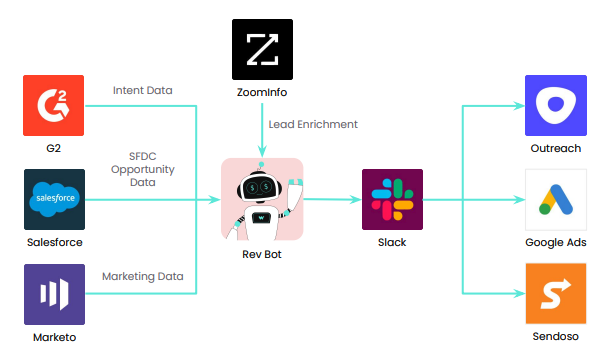The integration and automation industry is filled with terms that can carry different meanings—depending on who you ask. This can easily lead to miscommunication between colleagues. And, if left unresolved, this miscommunication can go on to adversely impact your digital transformation initiatives.
We’ll try to provide a bit of clarity and alignment for your teams by defining and explaining two of the most commonly-used terms: automation and orchestration.
Automation versus orchestration
Automation is geared towards streamlining individual tasks, while orchestration aims to transform processes end-to-end. Given this distinction, there are significant differences in terms of the tools you’d leverage, the goals you’d assign, and the benefits you’d ultimately experience with each.
Let’s take a closer look at both, starting with automation.
What is automation?
It’s the use of an automation tool (oftentimes robotic process automation software) to streamline a specific task.*
These tasks can take a number of forms:
- Copying and pasting information between documents
- Uploading a file to an application
- Downloading a file and emailing it to someone
- Populating templates or documents from various sources
Note: While this is how automation has been defined historically, we disagree with this perspective. We believe that automation involves streamlining business processes end-to-end (thus making process orchestration and automation more or less synonymous).
Related: Webhooks explained
Example of automation
Let’s say that a specific function within your marketing team has managed to collect various leads in a spreadsheet and they need their sales reps to be aware of and follow up with them. As a result, these leads need to live in the application your reps work on—your customer relationship management platform.
Using an RPA bot, you can implement an automation where the bot copies fields from the spreadsheet, logs into your CRM, creates new lead records, and pastes the copied fields to the appropriate places within each record.

Goals of automation
Organizations turn to automation for a number of reasons. They might be looking to capture time savings by allowing employees to avoid mundane, repetitive activities; they might be hoping to prevent human errors by streamlining error-prone activities; they might be seeking to make specific activities more efficient by removing human intervention. In many cases, an organization is looking to capture a combination of these benefits from a single automation.
What is orchestration?
Orchestration, or process orchestration, is the use of automation technology to streamline a process end-to-end. This either involves building an intelligent, multi-step automation or a series of automations that can spring one another into action (or both). It might also involve a platform bot that can bring your automations to the application your employees already work in—your business communications platform (e.g. Slack).
Orchestration can be applied to any number of processes across departments. Here are just a few worth mentioning for the following functions:
- Sales: product-usage based alerts, deal desk approvals, competitive enablement
- Marketing: campaign creation, lead enrichment, lead routing
- HR: employee onboarding, offboarding, recruitment
- IT: incident management, helpdesk, employee onboarding
- Finance: order to cash, reporting, procurement
- Support: incident escalation, customer 360, product-usage based alerts
Example of orchestration
Let’s break down how the lead routing use case can work:

- Once a prospect views a competitor’s listing or your own on a 3rd-party review site, like G2, the workflow gets triggered.
- A customized platform bot (“Rev Bot”) collects relevant 1st and 3rd-party information on that lead and goes on to share that information with the assigned sales rep in a business comms platform.
- Based on the information, the sales rep can take a specific action by clicking one of the explicitly-defined buttons within the message. This can be anything from adding the lead to a specific nurture sequence in an application like Outreach to sending them a gift via an app like Sendoso.
Related: The top differences between RPA and workflow automation
Goals of orchestration
Since orchestration can significantly impact the overall performance of a process, we can tie its goals with a processes’ KPIs. For example, a goal from the lead routing workflow automation above can be to respond to all high-intent leads within 5 minutes.
Implement powerful process orchestrations with Workato
Workato, the leader in enterprise automation, offers a low-code/no-code UX that allows IT and business teams to implement powerful, end-to-end workflow automations. The platform also provides:
- Workbot, a customizable platform bot that allows employees to access their applications within your business comms platform and bring automations into the latter
- Hundreds of thousands of automation templates and hundreds of pre-built connectors to applications and databases, ensuring that your team can build high-impact integrations and automations quickly
- Enterprise-grade security through features like role-based access control, data masking, and audit logs
